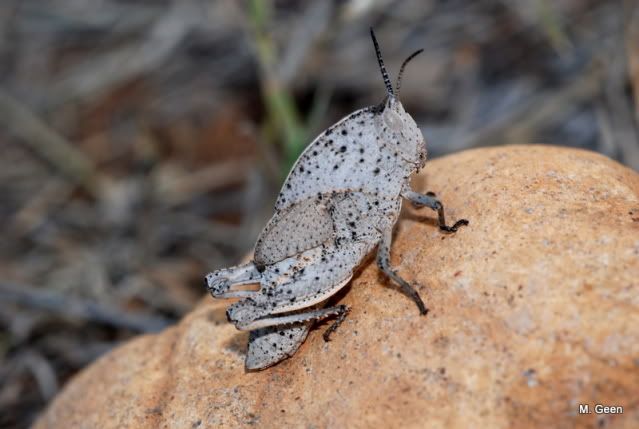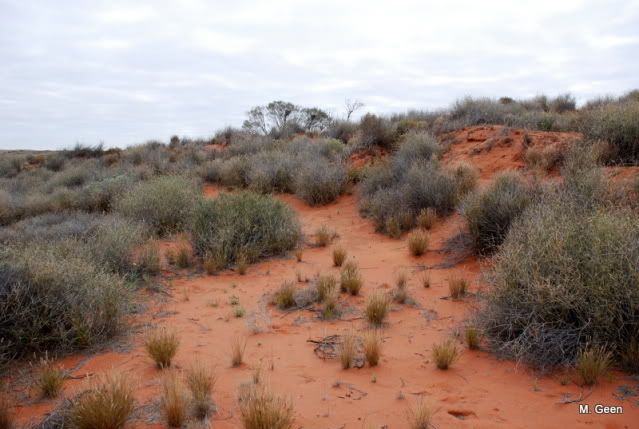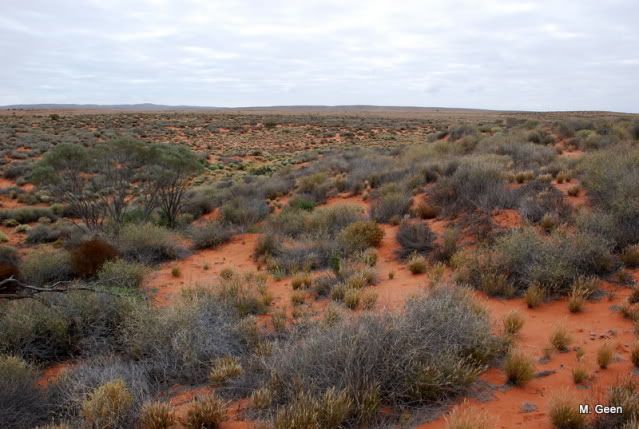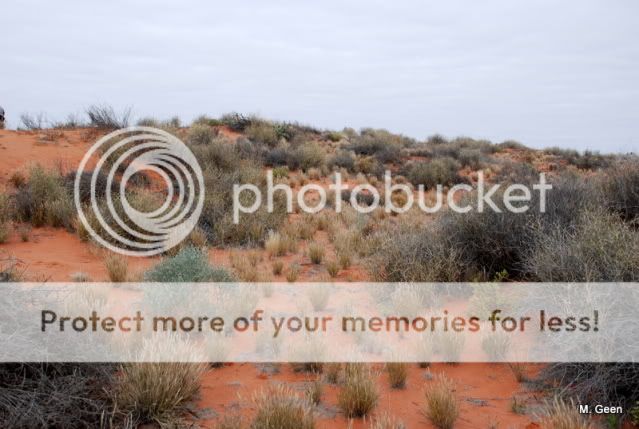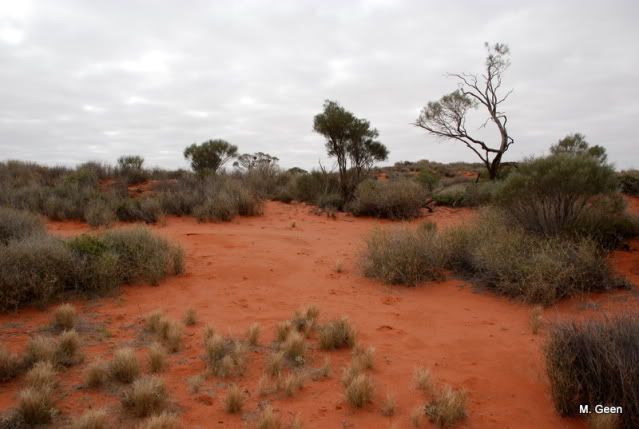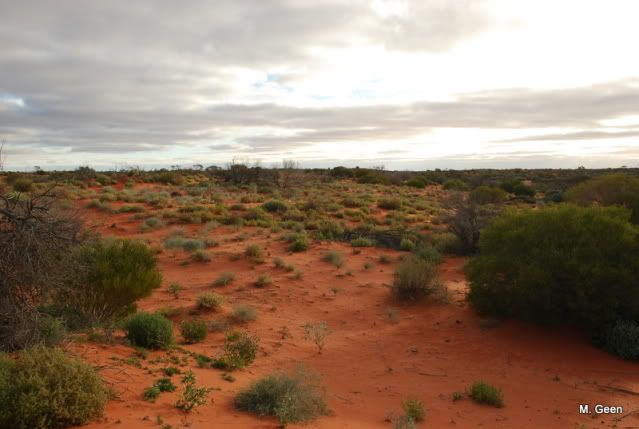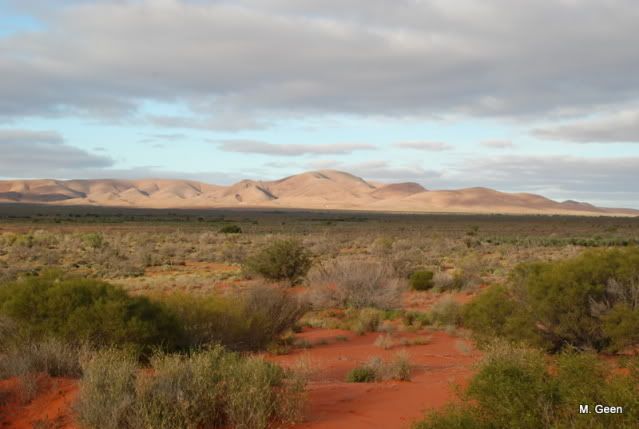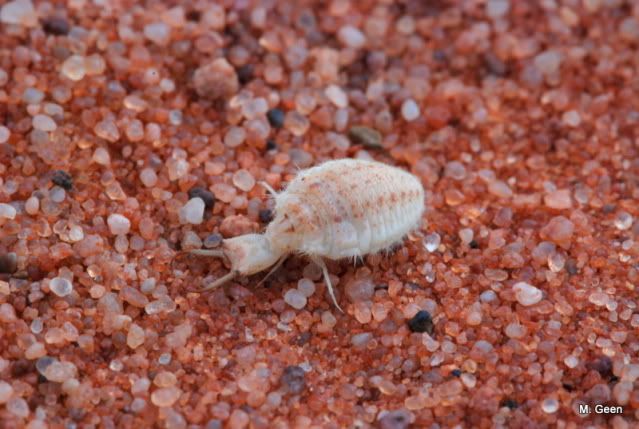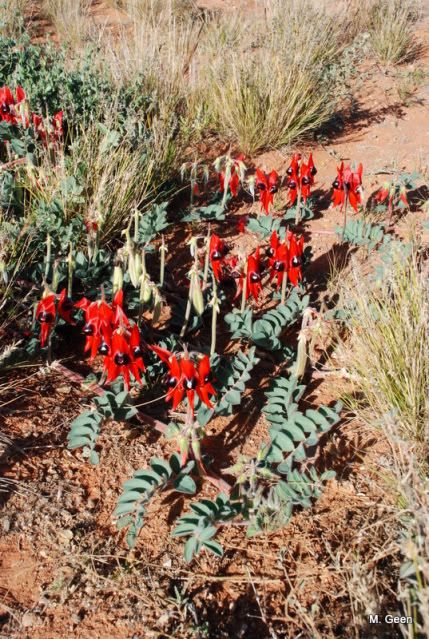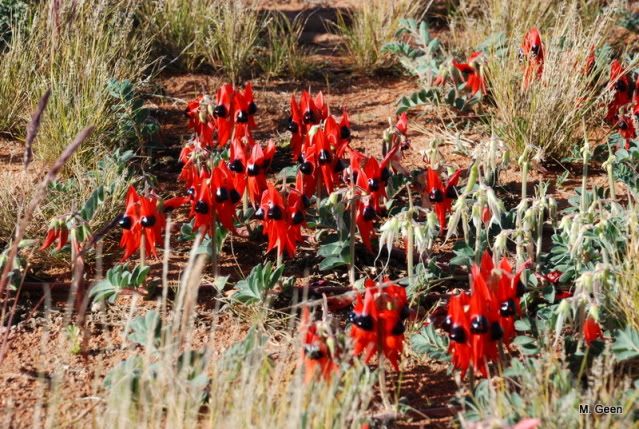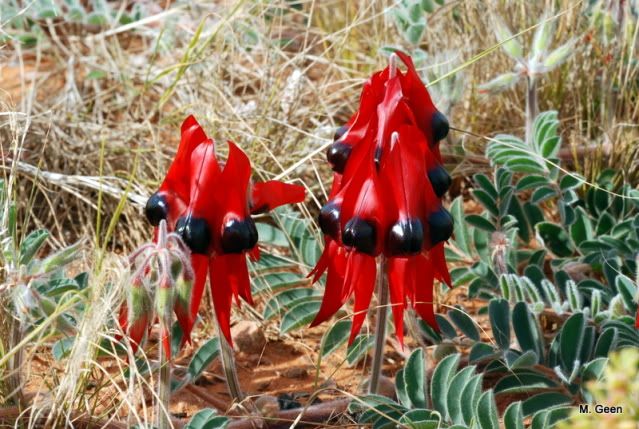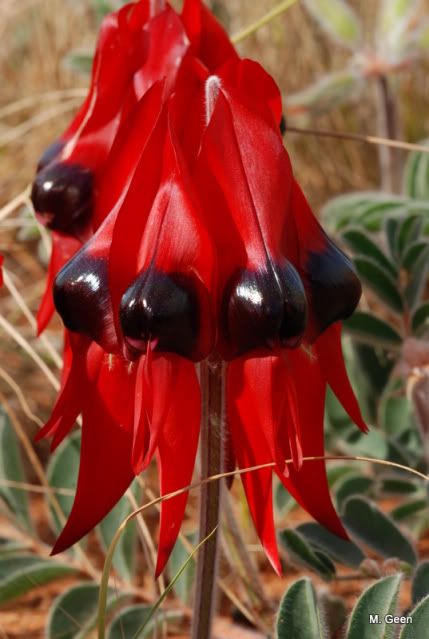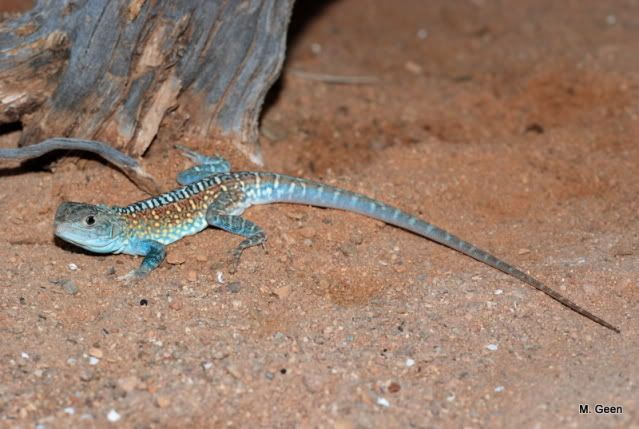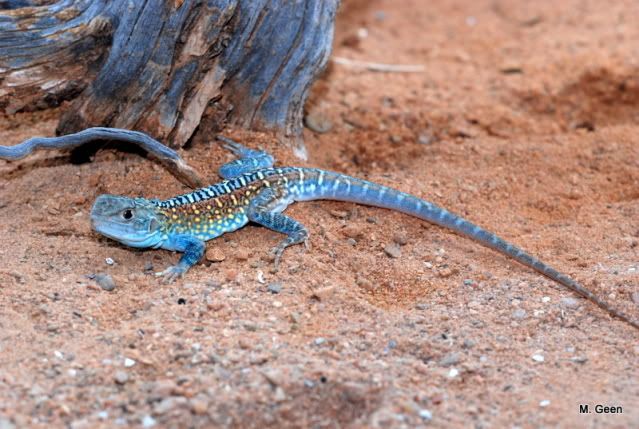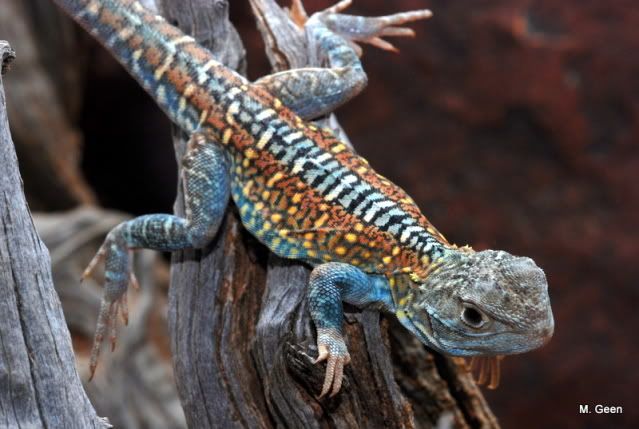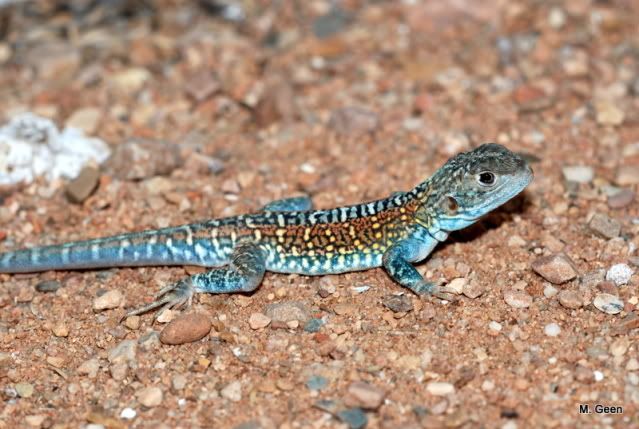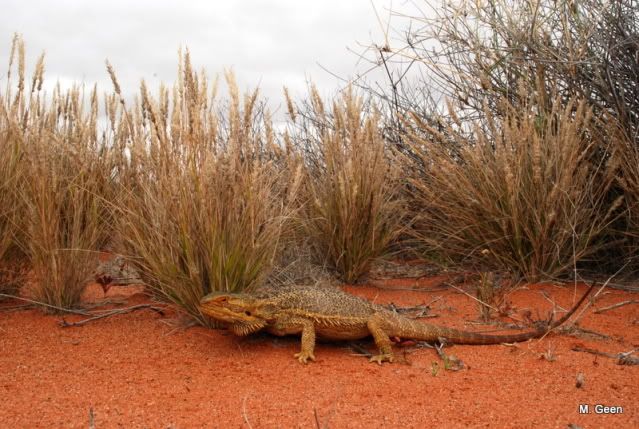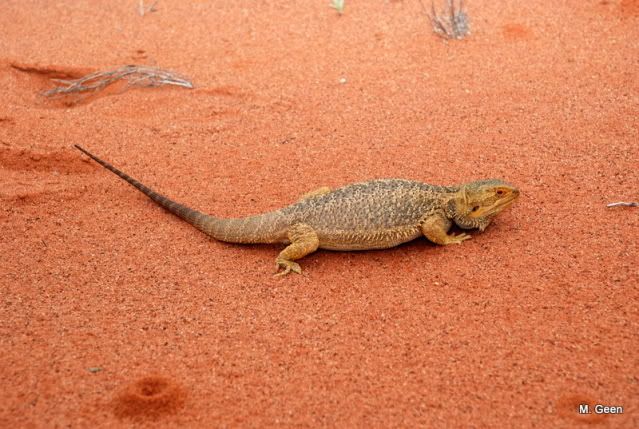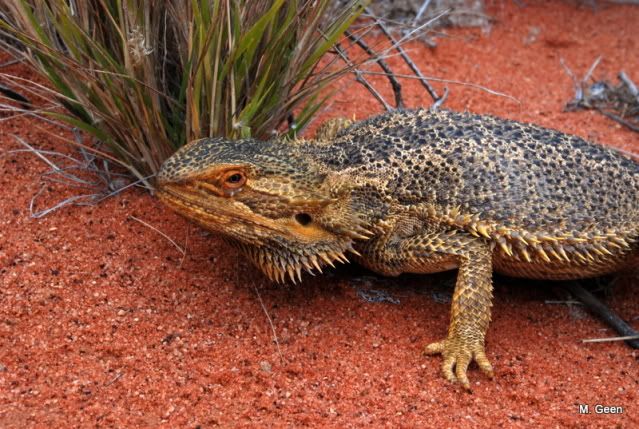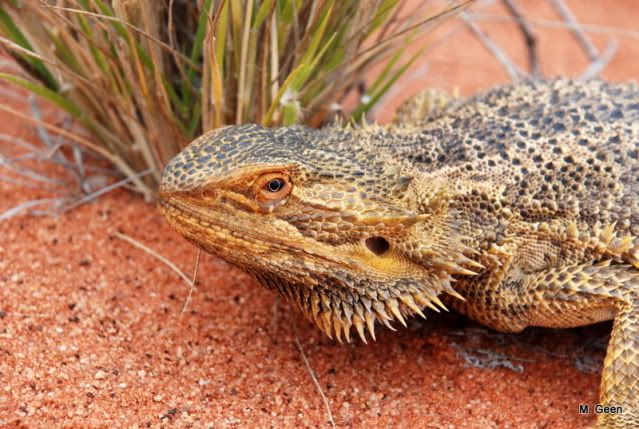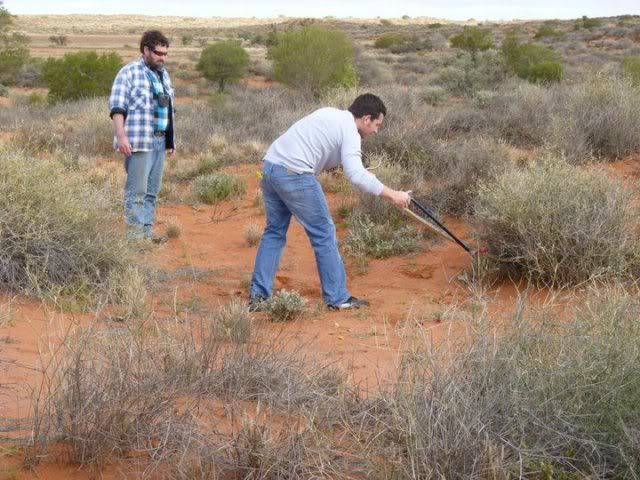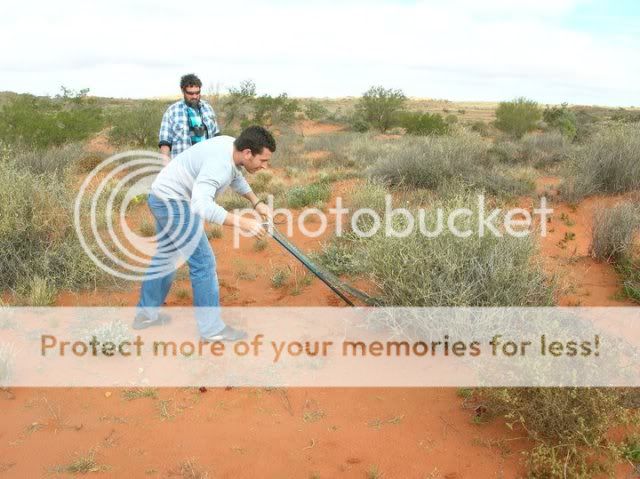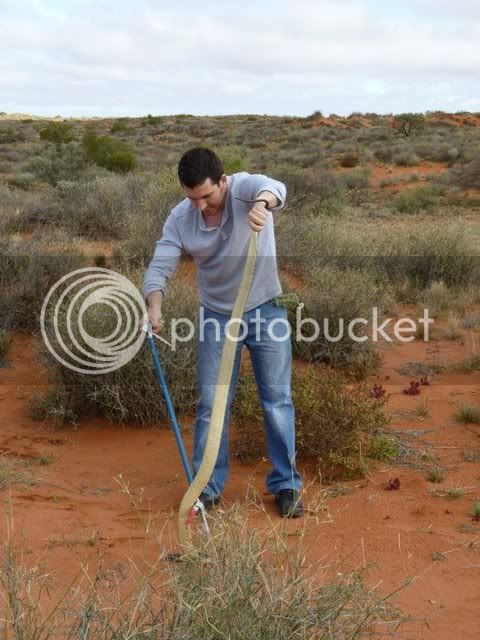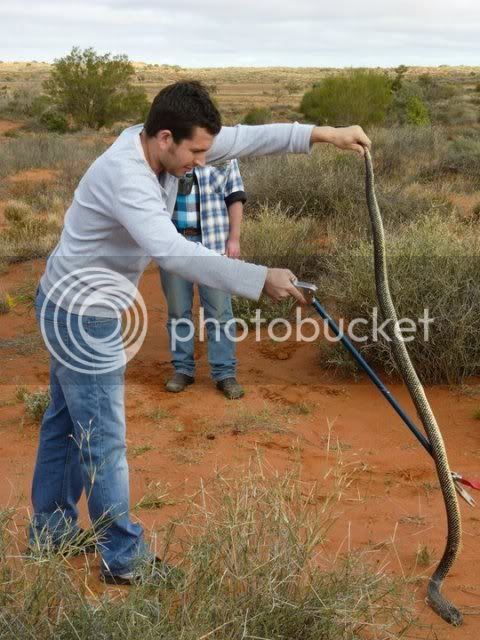snake_freak
Active Member
Just got back from a week of mid-winter herping in Witchelina, South Australia.
Bit of info for anyone interested (Full thing available from http://www.environment.gov.au/parks/nrs/getting-involved/case-studies/witchelina.html):
Witchelina is a vast conservation area in the arid heartland of South Australia. At just over 4,200 square kilometers, Witchelina is the largest property ever purchased for the National Reserve System through Caring for our Country. Witchelina is owned and managed as a conservation reserve by the Nature Foundation SA.
The new reserve forms a vital habitat link from South Australia's Lake Torrens into the Northern Territory, covering almost 10 million hectares. It is part of the world's first transcontinental wildlife corridor being created through the heart of Australia's outback, between Port Augusta and Arnhem Land.
Witchelina and the surrounding area have been hit hard by Australia's long drought, but recent rains and careful management by the Nature Foundation are seeing the property bounce back. When it rains in this arid environment, the creek beds burst with water and wildflowers such as the iconic Sturt's desert pea flourish.
Witchelina's stony plains shelter the leathery gibber dragon and its red sand dunes are home to huge burrowing frogs.
River red gum and coolibah woodlands line the normally-dry creek beds and vulnerable blue bush shrubland dots the landscape. Witchelina's 'old man saltbush' plains and acacia dune-fields provide ideal habitat for threatened small mammals such as the vulnerable dusky hopping mouse and the peregrine falcon. Arid ranges and dune fields are home to a diverse range of reptiles.
When wet, Witchelina's creeks and waterholes act as arid zone refuges for nomadic ducks, sandpipers and other waterbirds. The nationally vulnerable thick-billed grass wren finds it home in chenopod shrublands and in winter, the blue-winged parrot visits Witchelina's grasslands and woodlands from Tasmania.
Witchelina has a long social history. The property straddles the boundaries of the Adnyamathanha and Arabunna peoples. After European occupation, Witchelina operated as a pastoral station for more than 140 years.
Packed and ready to go:
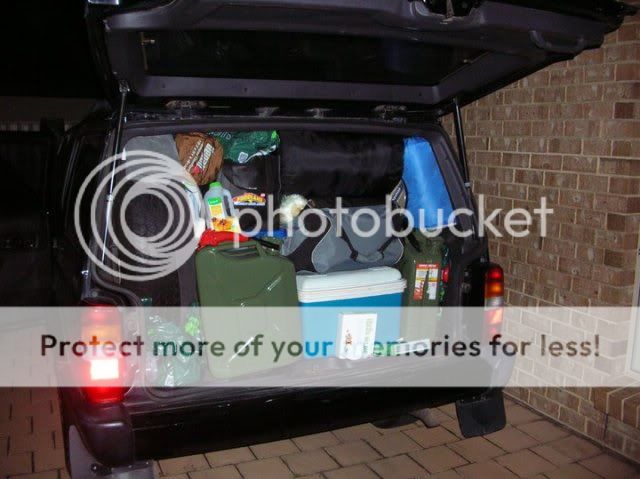
The Johnston lab herp crew:
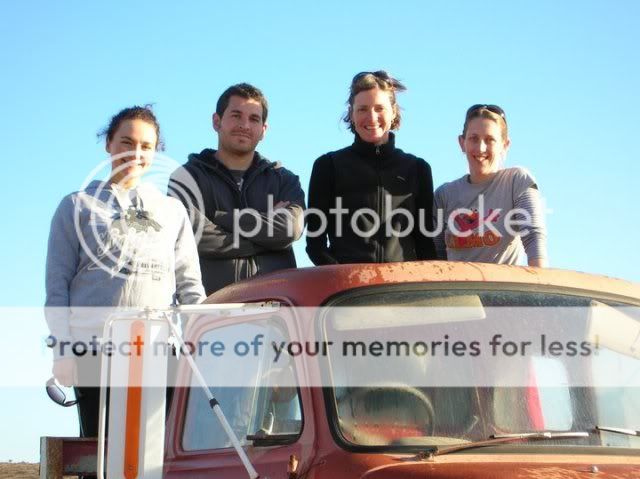
L to R: Chelsea (was working on bush budgies but has recently moved to the dark side :twisted: ), Me (Elapid ecology and Evol. Biology), Sarah (Genetics of Egernia stokesii social groups), Sally (Mallee tree dragon ecology).
As any bunch of impatient herpers would do upon arrival at the homestead, we went around and flipped every bit of junk near the buildings which yielded our first finds:
The homestead
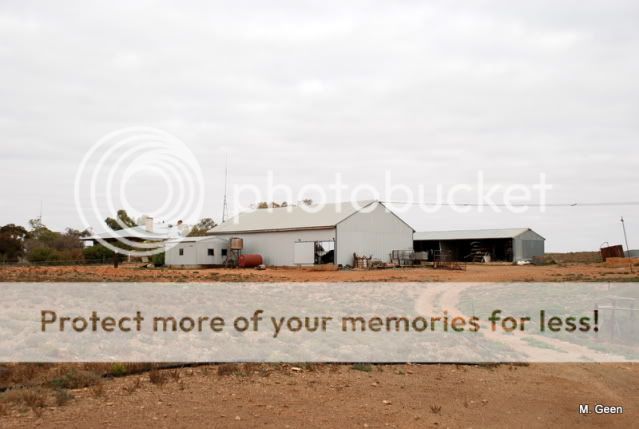
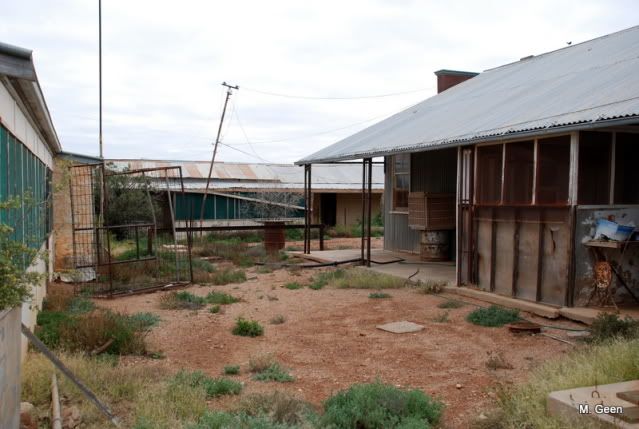
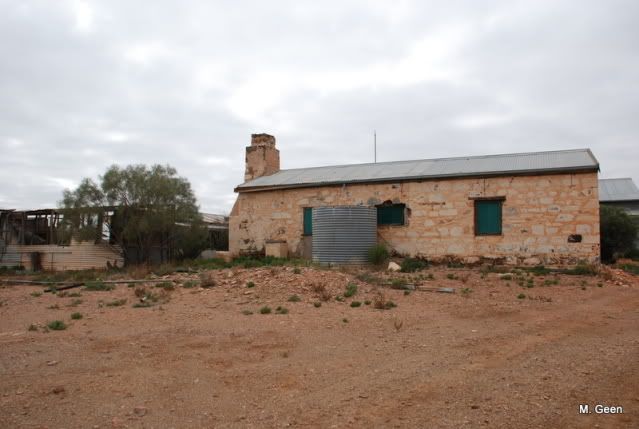
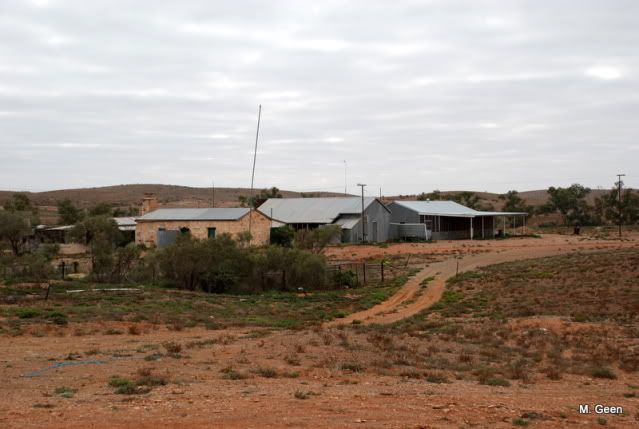
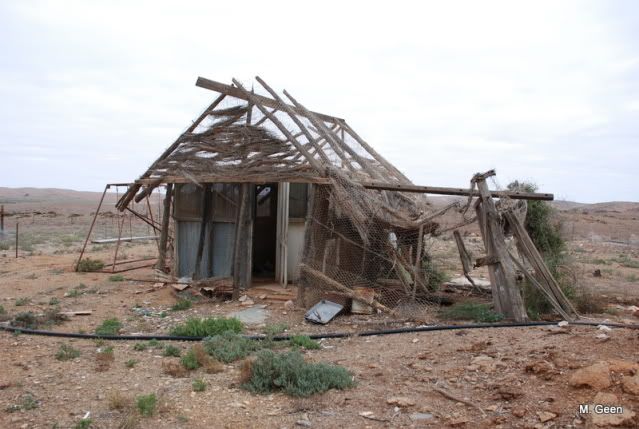
First finds:
Nephrurus milii
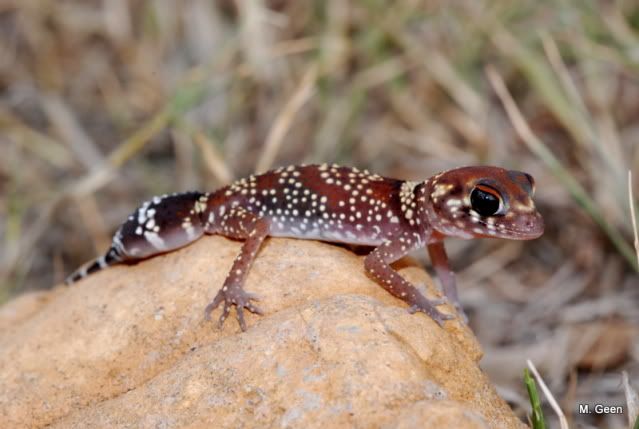
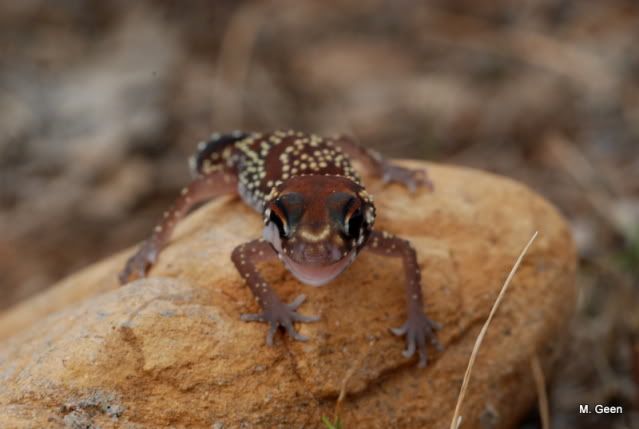
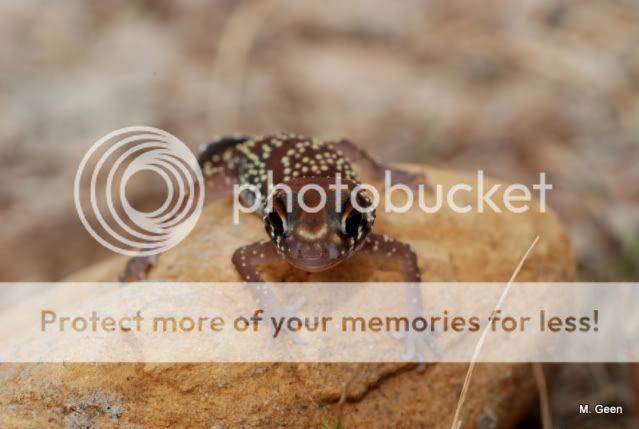
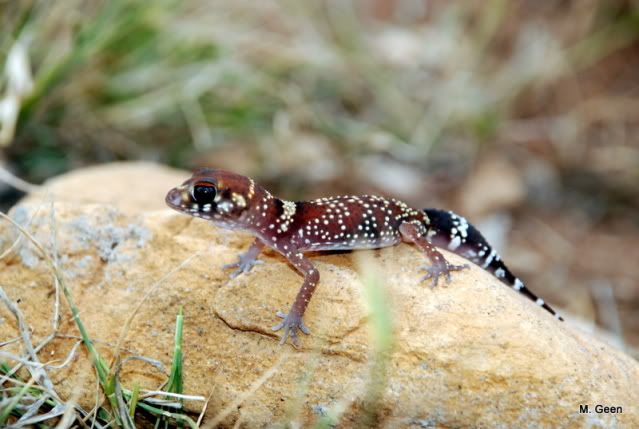
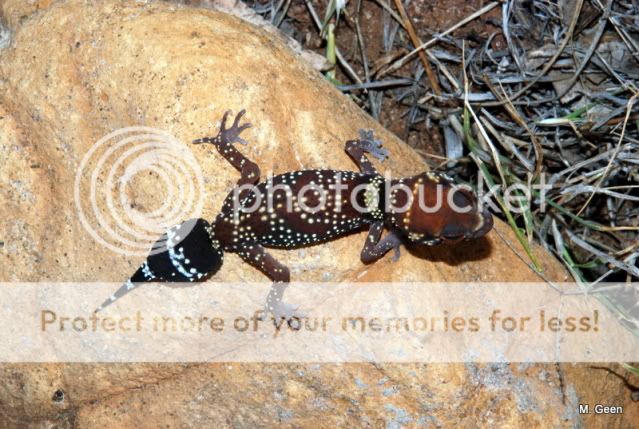
Tiliqua rugosa:
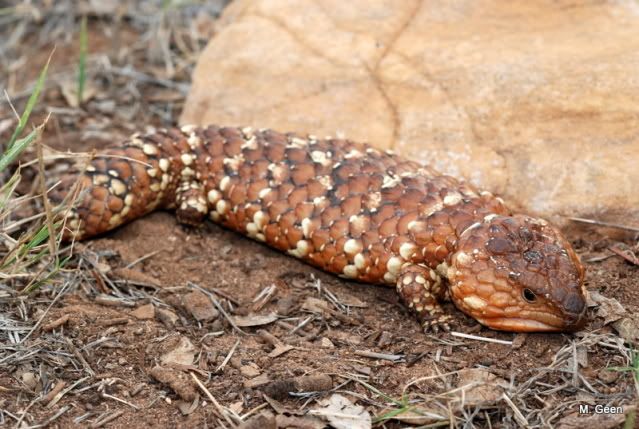
Gehyra spp.
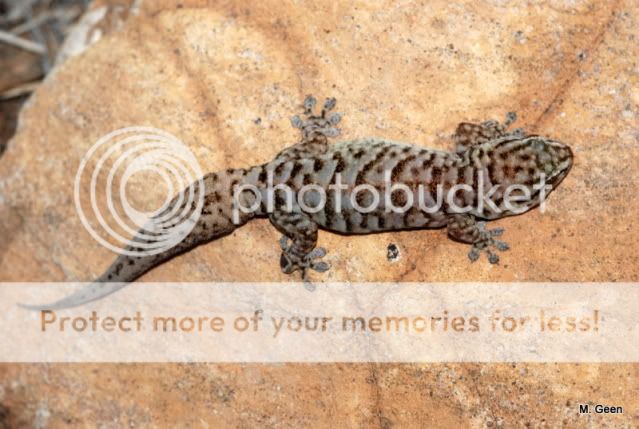
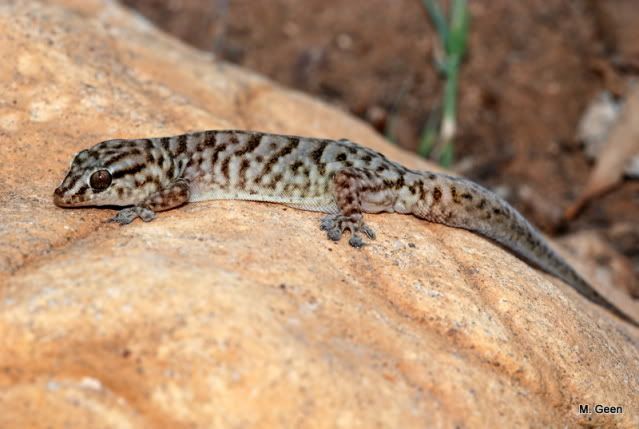
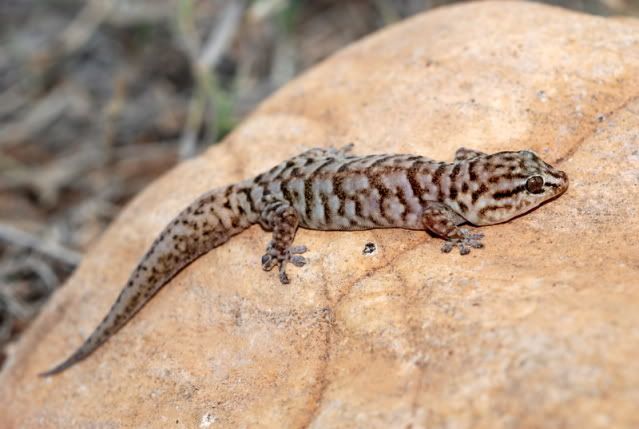
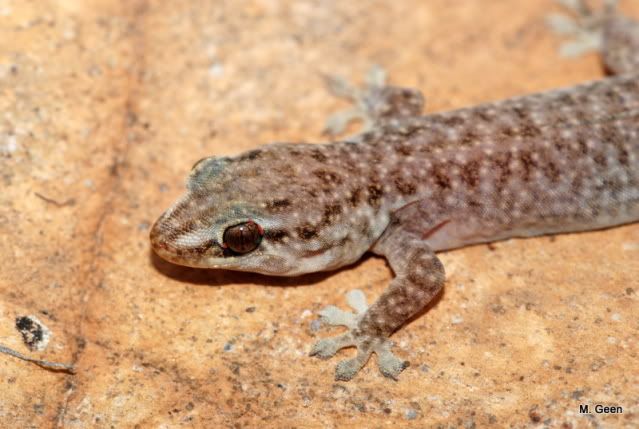
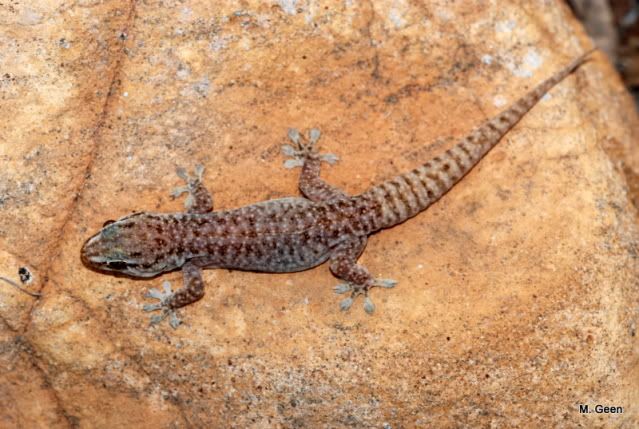
Litoria rubella:
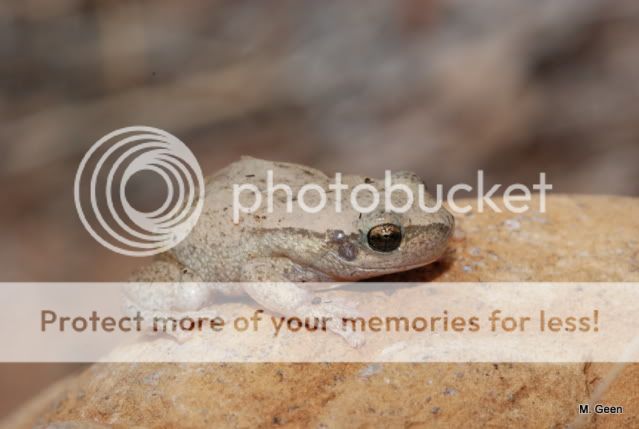
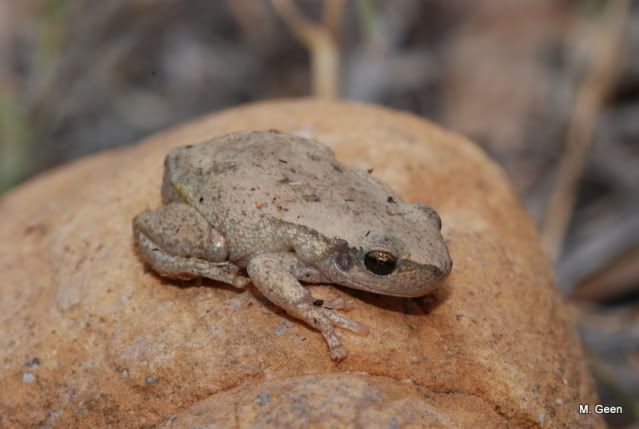
Then went out to check out some out crops.
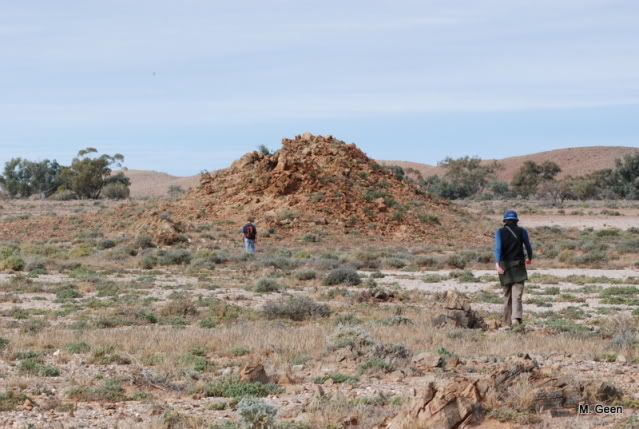
Pretty much anywhere there were rock crevices you'd find Egernia stokesii.
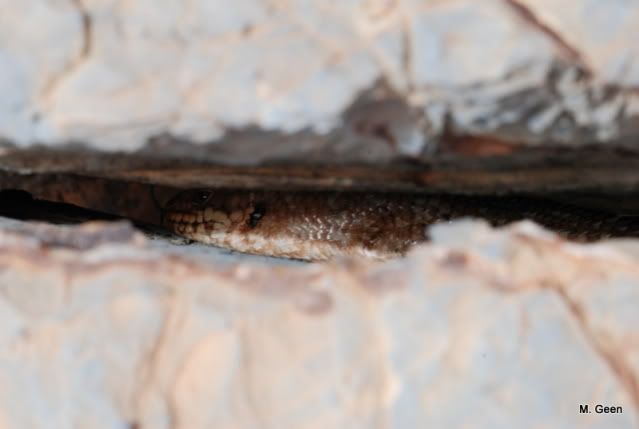
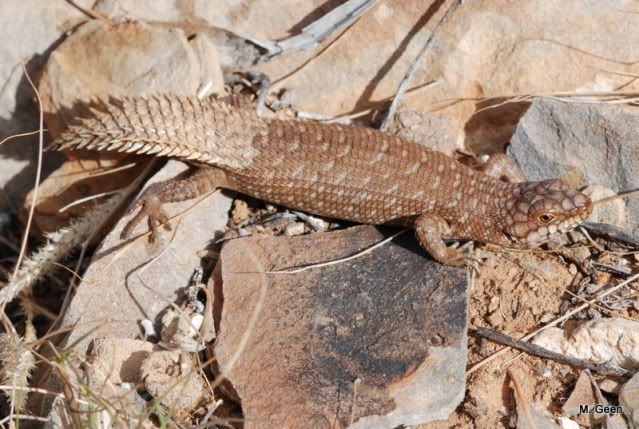
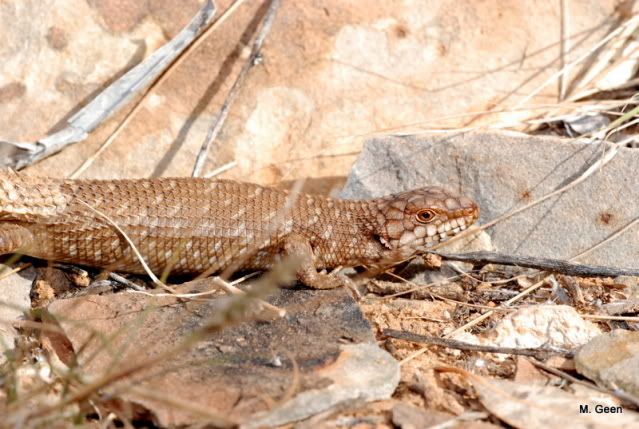
Pogona vitticeps (Someone learned very quickly not to call out "I found a beardy" whilst going for a pee, because you very quickly nearly end up with an audience):
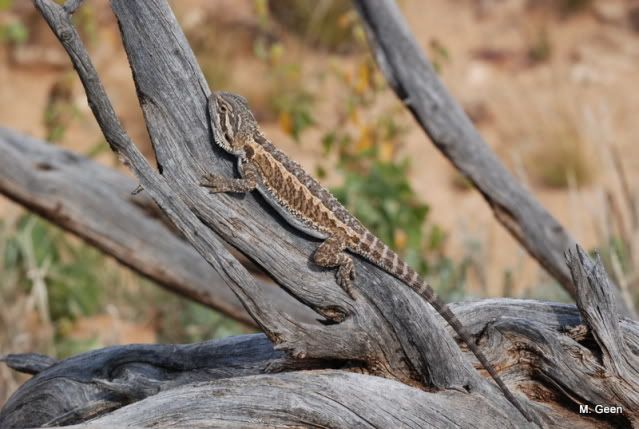
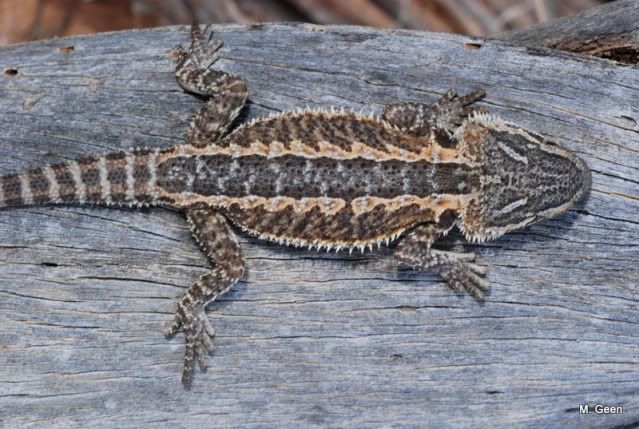
Heteronotia binoei:
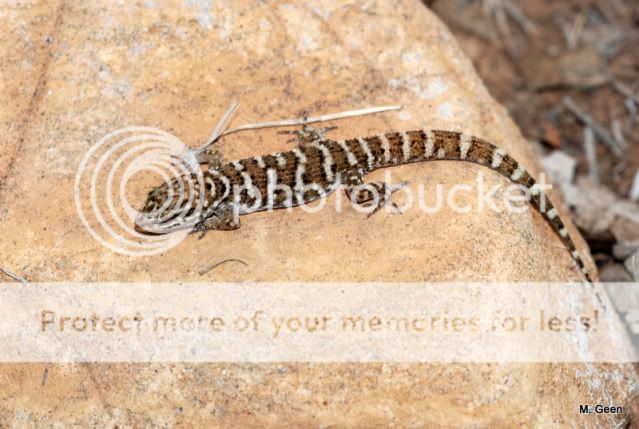
Then Sally made this awesome find in a rock crevice back near the homestead:
Antaresia stimsoni
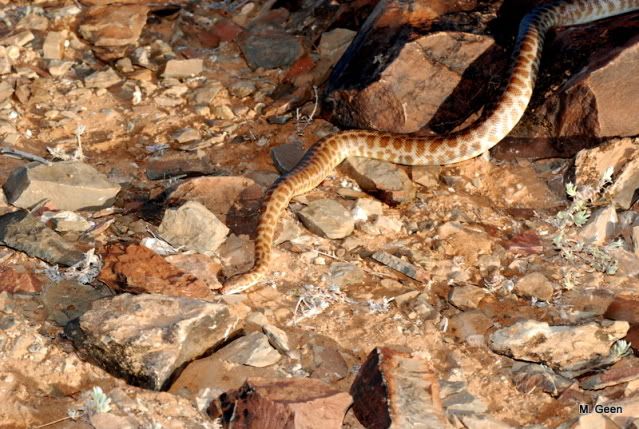
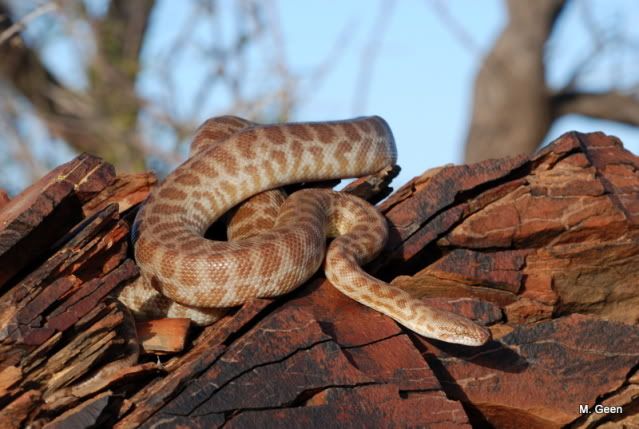
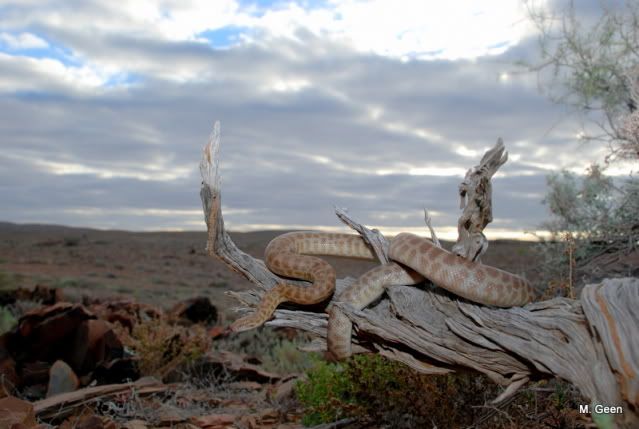
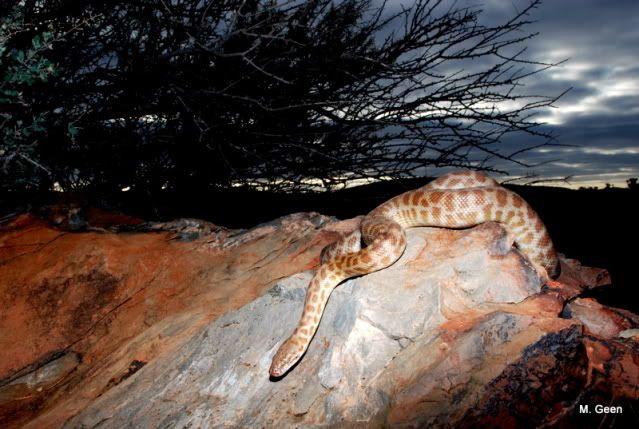
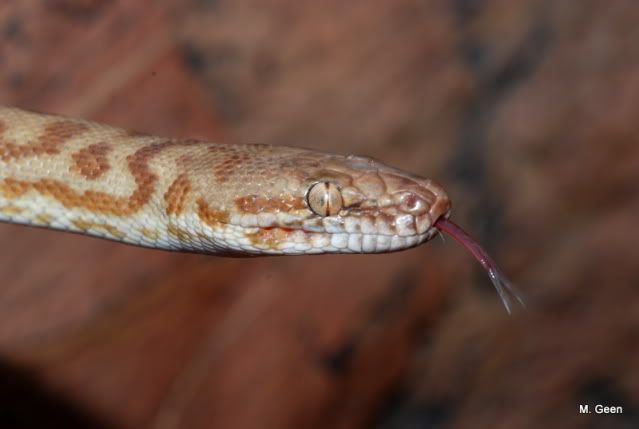
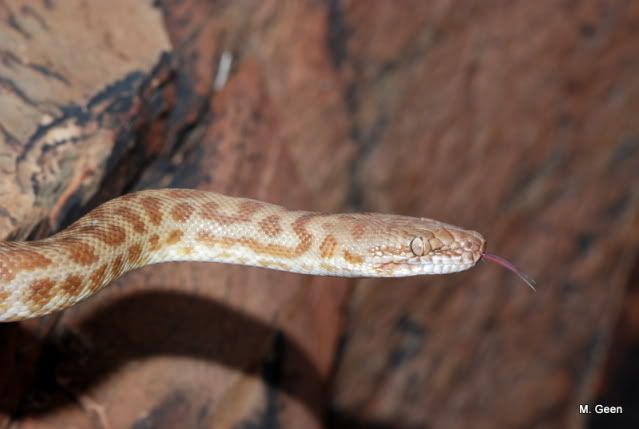
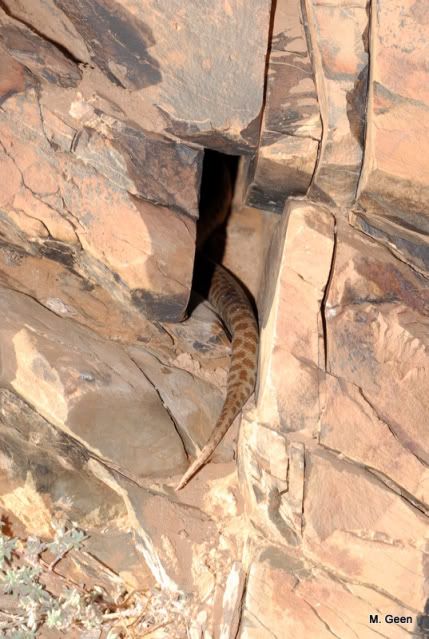
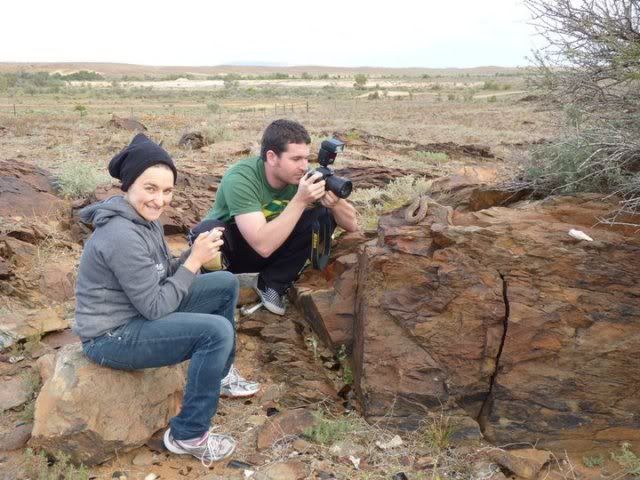
Then a fun drive out to one of the out stations:

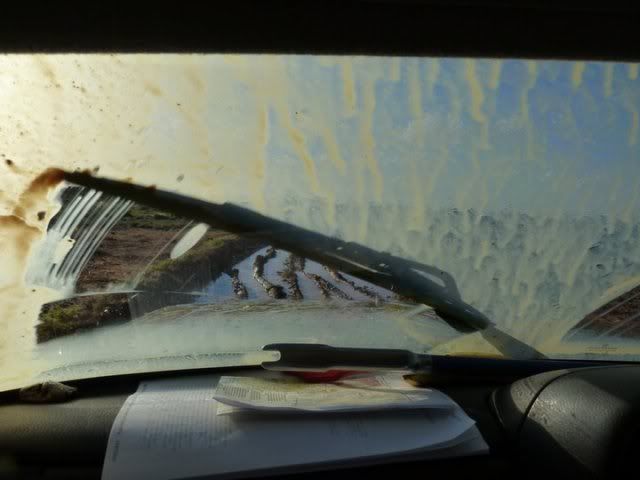
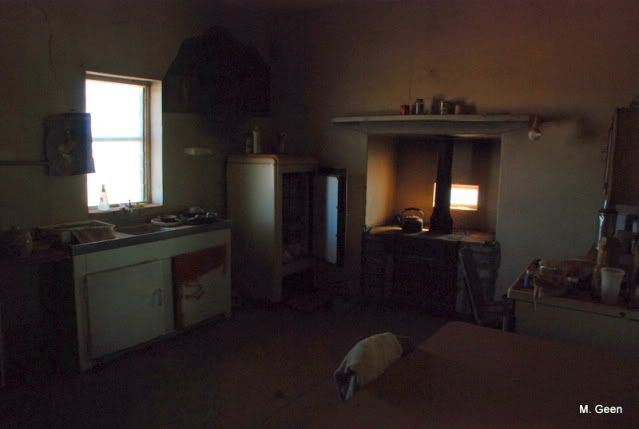
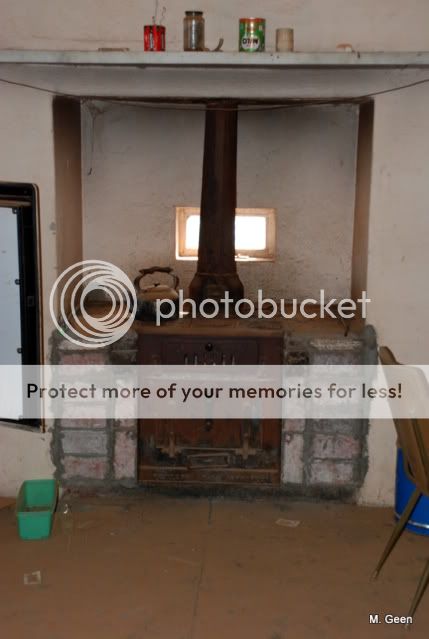
Where we found our first Tympanocryptis intima:
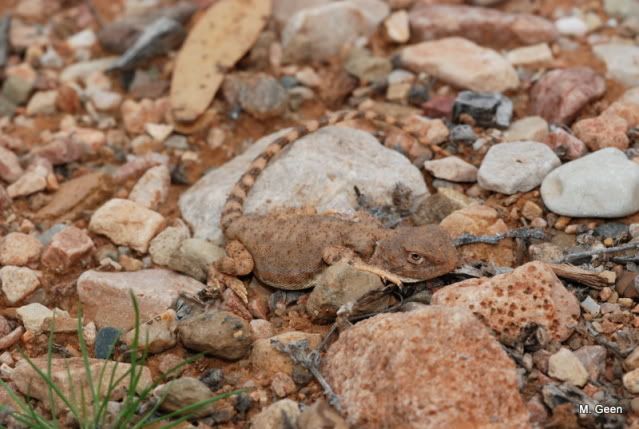
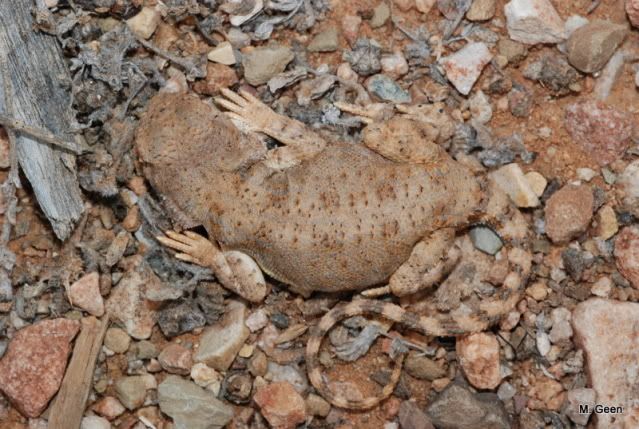
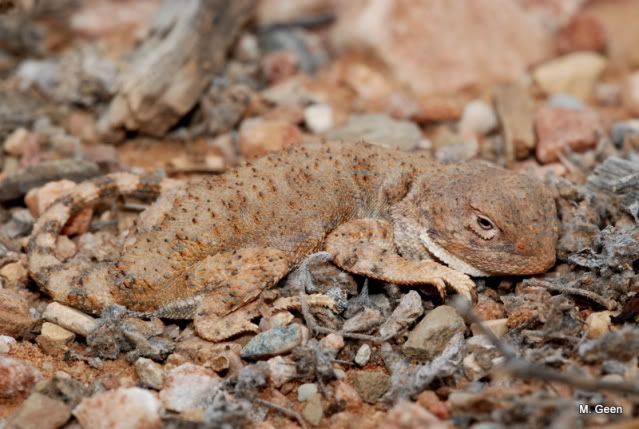

...and some more Tiliqua rugosa
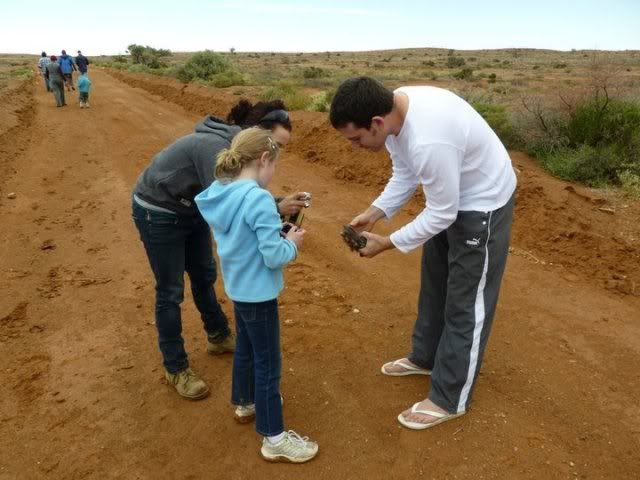
Bit of info for anyone interested (Full thing available from http://www.environment.gov.au/parks/nrs/getting-involved/case-studies/witchelina.html):
Witchelina is a vast conservation area in the arid heartland of South Australia. At just over 4,200 square kilometers, Witchelina is the largest property ever purchased for the National Reserve System through Caring for our Country. Witchelina is owned and managed as a conservation reserve by the Nature Foundation SA.
The new reserve forms a vital habitat link from South Australia's Lake Torrens into the Northern Territory, covering almost 10 million hectares. It is part of the world's first transcontinental wildlife corridor being created through the heart of Australia's outback, between Port Augusta and Arnhem Land.
Witchelina and the surrounding area have been hit hard by Australia's long drought, but recent rains and careful management by the Nature Foundation are seeing the property bounce back. When it rains in this arid environment, the creek beds burst with water and wildflowers such as the iconic Sturt's desert pea flourish.
Witchelina's stony plains shelter the leathery gibber dragon and its red sand dunes are home to huge burrowing frogs.
River red gum and coolibah woodlands line the normally-dry creek beds and vulnerable blue bush shrubland dots the landscape. Witchelina's 'old man saltbush' plains and acacia dune-fields provide ideal habitat for threatened small mammals such as the vulnerable dusky hopping mouse and the peregrine falcon. Arid ranges and dune fields are home to a diverse range of reptiles.
When wet, Witchelina's creeks and waterholes act as arid zone refuges for nomadic ducks, sandpipers and other waterbirds. The nationally vulnerable thick-billed grass wren finds it home in chenopod shrublands and in winter, the blue-winged parrot visits Witchelina's grasslands and woodlands from Tasmania.
Witchelina has a long social history. The property straddles the boundaries of the Adnyamathanha and Arabunna peoples. After European occupation, Witchelina operated as a pastoral station for more than 140 years.
Packed and ready to go:

The Johnston lab herp crew:

L to R: Chelsea (was working on bush budgies but has recently moved to the dark side :twisted: ), Me (Elapid ecology and Evol. Biology), Sarah (Genetics of Egernia stokesii social groups), Sally (Mallee tree dragon ecology).
As any bunch of impatient herpers would do upon arrival at the homestead, we went around and flipped every bit of junk near the buildings which yielded our first finds:
The homestead





First finds:
Nephrurus milii





Tiliqua rugosa:

Gehyra spp.





Litoria rubella:


Then went out to check out some out crops.

Pretty much anywhere there were rock crevices you'd find Egernia stokesii.



Pogona vitticeps (Someone learned very quickly not to call out "I found a beardy" whilst going for a pee, because you very quickly nearly end up with an audience):


Heteronotia binoei:

Then Sally made this awesome find in a rock crevice back near the homestead:
Antaresia stimsoni








Then a fun drive out to one of the out stations:




Where we found our first Tympanocryptis intima:




...and some more Tiliqua rugosa

Last edited by a moderator:




